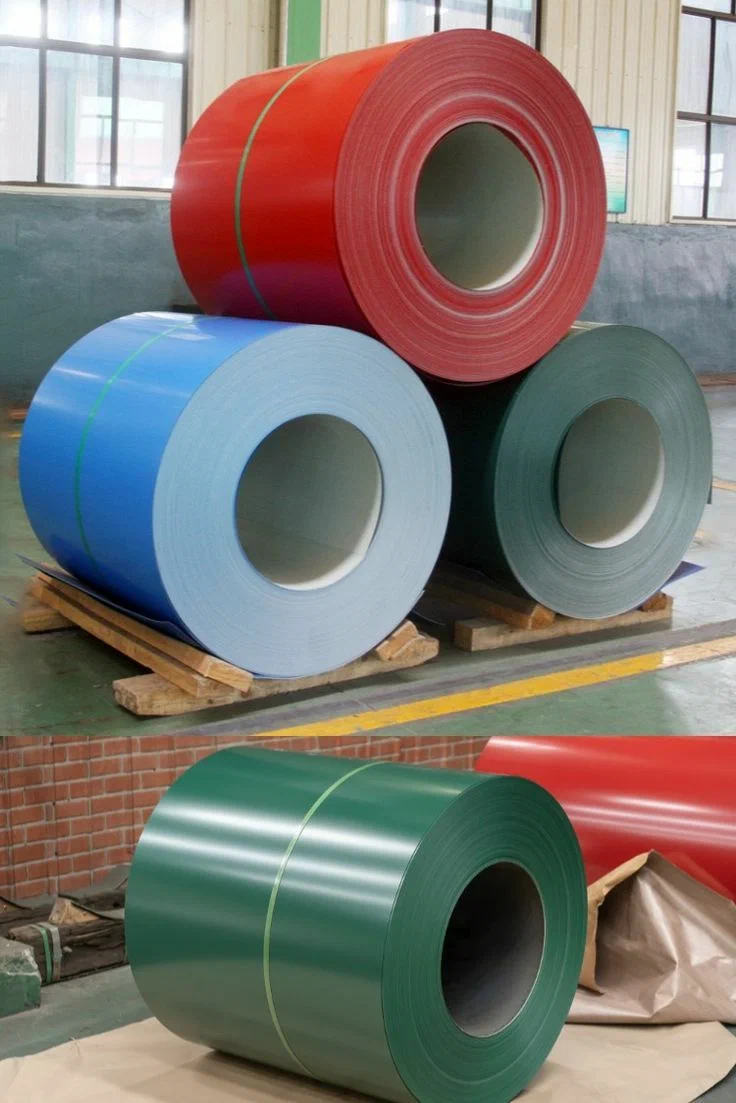The coil coatings market is experiencing substantial growth due to the increasing demand for coated steel and aluminum in various industries such as construction, automotive, and appliances. Coil coatings are liquid or powder coatings applied to metal substrates, such as steel and aluminum, before they are formed into finished products like roofing materials, siding, and HVAC systems. These coatings provide enhanced durability, aesthetic appeal, and protection against corrosion, making them an integral part of manufacturing processes.
Market Overview
The global coil coatings market has seen steady expansion in recent years, driven by industrial development and technological advancements in coating formulations. As industries seek more durable, energy-efficient, and aesthetically pleasing products, the demand for high-performance coil coatings is expected to grow. According to industry forecasts, the market is expected to continue expanding at a compound annual growth rate (CAGR) of 5-6% over the next several years.
The market is divided into different segments, including resin types, end-use industries, and geographic regions. Each of these segments contributes significantly to the overall market growth, driven by specific trends and needs within the industry.
Resin Types and Their Impact
The resin type used in coil coatings plays a critical role in determining the performance and suitability of the coating for specific applications. The most common resin types in the coil coatings market include polyester, plastisol, polyurethane, and PVDF (polyvinylidene fluoride). Among these, polyester coatings are widely used in building applications due to their excellent outdoor durability and color retention. They offer a balance between performance and cost-effectiveness, making them a preferred choice for roofing panels, wall cladding, and gutters.
On the other hand, PVDF coatings, which are known for their superior weather resistance and long-term durability, are commonly used in high-end architectural applications and for aerospace and automotive parts. The growing demand for such high-performance coatings, particularly in the construction sector, is expected to increase the market share of PVDF resins in the coming years.
End-Use Industries Driving Growth
The primary end-use industries for coil coatings are construction, automotive, appliances, and others. Among these, the construction industry holds the largest share of the coil coatings market. This is primarily due to the increasing urbanization and the growing need for infrastructure development, including buildings, commercial spaces, and residential complexes. Coil coatings are widely used for producing roofing materials, façade cladding, and doors, offering advantages such as corrosion resistance, energy efficiency, and aesthetic appeal.
The automotive sector is another key contributor to the market, particularly with the increasing adoption of aluminum and coated steel in the manufacturing of vehicle bodies, parts, and components. Coil coatings offer significant benefits, including protection against weathering, rust, and scratching, which improves the longevity and appearance of automotive products. As the demand for lightweight vehicles and electric vehicles (EVs) continues to rise, the automotive segment is expected to witness strong growth.
The appliances industry, which includes products like refrigerators, washing machines, and air conditioners, also utilizes coil coatings to enhance the durability and visual appeal of metal parts. The need for energy-efficient and aesthetically pleasing appliances is driving demand for these coatings.
Regional Insights
Geographically, the coil coatings market is segmented into regions such as North America, Europe, Asia Pacific, Latin America, and the Middle East & Africa. Among these, Asia Pacific dominates the market, owing to rapid industrialization, urbanization, and infrastructure development in countries like China, India, and Japan. The region’s growing construction and automotive sectors are major drivers of demand for coil coatings. Moreover, the region’s cost-effective manufacturing capabilities have made it an attractive hub for coil coating production.
North America and Europe are also significant markets for coil coatings, primarily driven by established construction and automotive industries. In these regions, high standards of quality and environmental regulations are pushing the demand for high-performance coatings that offer better durability, lower environmental impact, and improved aesthetics.
Market Trends and Challenges
One of the key trends in the coil coatings market is the growing focus on sustainability. With rising environmental concerns and stricter regulations regarding emissions and waste disposal, there is a notable shift towards eco-friendly coil coatings. Manufacturers are increasingly developing low-VOC (volatile organic compound) and solvent-free coatings to reduce the environmental impact of the production process.
Another trend is the increasing adoption of advanced coating technologies, such as nanocoatings and self-healing coatings, which offer enhanced performance in terms of scratch resistance, weathering, and corrosion resistance. These innovations are expected to provide a competitive edge to manufacturers in the market.
However, the market faces certain challenges, including the fluctuating prices of raw materials like steel and aluminum, which can impact the cost of coil coatings. Additionally, the volatility of the global supply chain, driven by factors such as geopolitical tensions and trade restrictions, can affect the availability and pricing of key ingredients in the coating formulations.
Conclusion
The coil coatings market is poised for continued growth, driven by the increasing demand for durable, aesthetically pleasing, and high-performance coatings across various industries. As technologies advance and industries evolve, there will be greater emphasis on sustainability and innovation within the market. The construction, automotive, and appliance sectors will continue to lead demand, with Asia Pacific remaining the dominant region. The future of coil coatings will likely see the development of more eco-friendly and technologically advanced solutions, further expanding the market's potential.

